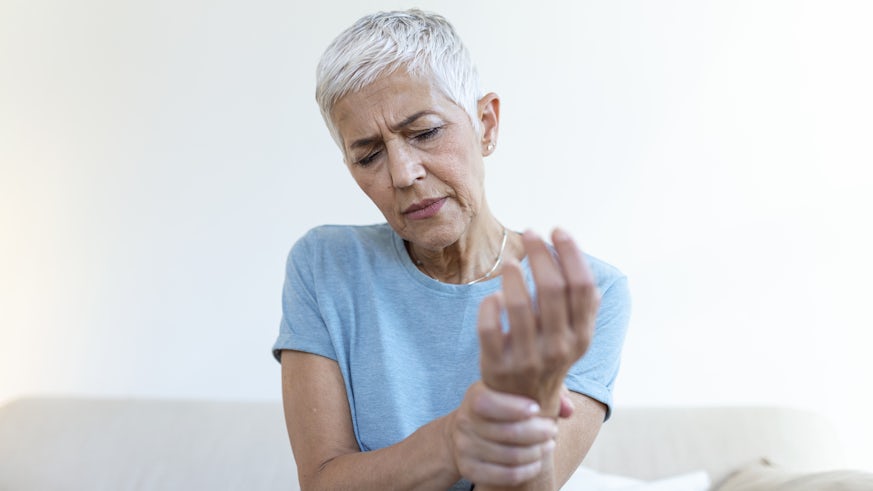£680k funding to create 3D bone-sensory nerve model
18 January 2024

Cardiff University researchers are developing a bone-sensory nerve model to identify new molecular targets and pre-screening of drugs for pain.
Principle Investigator Professor Deborah Mason and Co-Investigators Mr Ryan Jones and Dr Sophie Gilbert have received £633,628 from the National Centre for the Replacement Refinement & Reduction of Animals in Research (NC3Rs) to develop a human 3D bone-sensory nerve model, combining osteocytes and iPSC-derived nerve cells in a 3D matrix.
Learn more about Cardiff University’s commitment to the replacement, refinement and reduction of animal use in research, read our integrity and ethics research pages.
Over 562 million patients worldwide experience bone-derived pain, and it is notoriously difficult to manage and prevent. Conditions that are associated with bone-derived pain include cancer metastasis, non-healing fracture, osteoporotic fracture, and osteoarthritis. Osteoarthritis affects 530 million worldwide, with the major burden of pain, being more common in females and post-menopause.
Professor Deborah Mason said: “More effective pain treatments are urgently needed for osteoarthritis. The expertise of myself and Dr Sophie Gilbert in cell and animal models of osteoarthritis combined with Ryan Jones’ work developing a human sensory nerve model will create a new human bone-nerve cell model to reveal how bone pain occurs, identify and test new drugs to treat pain, and reduce animal experimentation.”
Orthopaedics Research UK have funded a further £47K to use the 3D bone-sensory model to detect differences in male and female pain sensation.
Cardiff University researchers aim to use the 3D model to investigate mechanisms linking changes in bone structure to local pain sensation and test whether the model can screen drugs known to prevent pain and influence bone structure. Samples obtained by the Biomechanics and Bioengineering Research Centre Versus Arthritis will be used to investigate different sensory mechanisms in males and females with osteoarthritis.